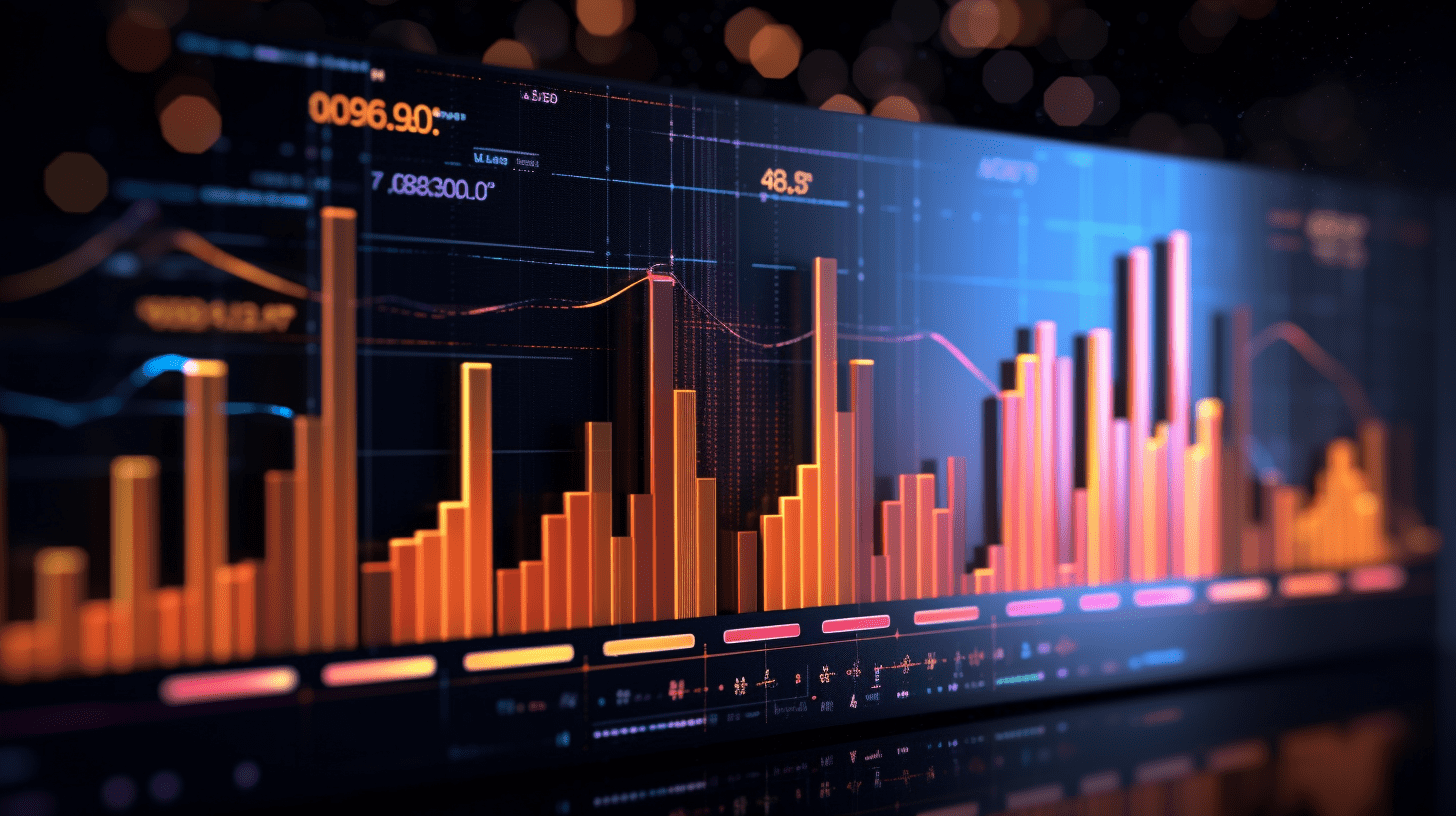Goldman Sachs warns behind the technology stock frenzy: The US stock market rally cannot hide the double hidden worries of valuation and policy.
The US stock market surged significantly under the familiar rise of tech stocks in the broad market. However, Goldman Sachs stated that investors should be prepared to face continued volatility, as the market is currently in the middle of the trading range for 2025.
Notice that as of the week ending April 25, the US stock market has surged significantly under the familiar rise of tech stocks in the broader market. However, Tony Pasquariello, global head of hedge fund business at Goldman Sachs, urged investors to be prepared for continued volatility as the market is currently in the middle of a trading range for 2025.
In a client report on April 26, Pasquariello wrote that the S&P 500 index is currently less than 3% off full retreat from what President Trump referred to as "liberation day," and the volatility measured by the VIX index has dropped by more than half from recent highs. He also stated, "We're still down 11% from the highs of February, and the trading environment remains extremely unstable."
As Wall Street enters a crucial phase of tech earnings reports and the highly anticipated job report, Pasquariello warned investors that they are facing one of the most dramatic shifts in market narratives since the 2008-09 financial crisis.
"American exceptionalism has been the decisive theme in finance since 2009," he said. This theme slowly formed, accelerated during the COVID-19 pandemic, and arguably peaked at the World Economic Forum annual meeting held in Davos, Switzerland from January 20 to 24 earlier this year.
"But the past few months have constituted a completely opposite situation," he stated.
Daily news turbulence
Pasquariello pointed out that the daily news flow remains highly volatile, with the market reacting strongly to signals on US-China relations and Fed policies. He stated that recent developments are at a "second derivative" stage, with a hawkish tilt in trade policies but avoiding extreme outcomes.
Amidst the noise, technical indicators have become more positive. "For the first time in two months, technical factors have turned net positive," he wrote, noting that both discretionary and systematic funds "basically deleveraged" before turning to buy last week.
The continued selling pressure from pure long investors seems to have paused as they have bought stocks of large tech companies like NVIDIA and Meta Platforms.
However, on a fundamental level, Pasquariello remains cautious: "Currently, the main task for market participants is to weigh the probability of de-escalation against the probability of an economic recession. Confidence in the true trajectory of US economic growth will take some time unless there is a comprehensive relaxation on tariffs."
He predicted that the price swings of "jump up/jump down" will continue daily, and only the fastest and most flexible traders will profit from it. He warned that in practice, "Buying low and selling high is very difficult."
Overvalued
Pasquariello also revisited the thorny issue of valuation. Despite recent headwinds, the forward price-to-earnings ratio of the S&P 500 index is still around 20 times, and most market participants believe this level is unsustainable.
But he urged clients to consider another possibility: "What if the market is not wrong?" To prove the current valuation's justification, investors need to believe in a combination of tariff de-escalation, ongoing US tech leadership, and economic structural resilience.
Goldman Sachs emphasized that since 1947, US household service consumption has only declined for two consecutive quarters four times, highlighting its deep-rooted stability.
Looking ahead, attention will be focused on the earnings of large tech stocks. Pasquariello stated that giants like Meta, Microsoft, Alphabet, or Amazon have not given up ambitious capital expenditure plans even as they announce fourth-quarter results. "As we enter next week, I think the entire market will be highly focused on the commitment of mega-corporations to maintain this battle, especially in the context of the accelerating competition in general artificial intelligence."
Pasquariello, who recently conducted on-site observations, observed a general strategic uncertainty among US companies but emphasized not to overlook the resilience and innovation capabilities of the US.
He also pointed out several additional focus points for investors: the risk of foreign selling of US stocks, signals from initial claims for unemployment benefits, the vulnerability of the US dollar, and the relatively strong performance of the Japanese stock market. As he summarized, "The biggest question to answer now is, where is the best destination for capital?"
Related Articles

Hong Kong: Total merchandise exports in March amounted to HK$455.5 billion, an increase of 18.5% year-on-year.

Hong Kong Department of Health: Actively promoting the simplification of approval arrangements for the registration of traditional oral Chinese medicine in Hong Kong for listing in the mainland, further promoting medical cooperation in the Greater Bay Area.

National Energy Administration: In March, a total of 4455 new energy generating projects were added nationwide under the government's poverty alleviation and new energy programs.
Hong Kong: Total merchandise exports in March amounted to HK$455.5 billion, an increase of 18.5% year-on-year.

Hong Kong Department of Health: Actively promoting the simplification of approval arrangements for the registration of traditional oral Chinese medicine in Hong Kong for listing in the mainland, further promoting medical cooperation in the Greater Bay Area.

National Energy Administration: In March, a total of 4455 new energy generating projects were added nationwide under the government's poverty alleviation and new energy programs.

RECOMMEND
.png)
Super week is coming! Non-farm payrolls clash with tech giants' financial reports. Can the rebound momentum in the US stock market continue?
28/04/2025

Options market warns of a bearish reversal, is the gold bull market myth cracking?
28/04/2025

Ministry of Commerce and 5 other departments: Lowering the departure tax refund starting point to optimize departure tax refund payment services.
27/04/2025


